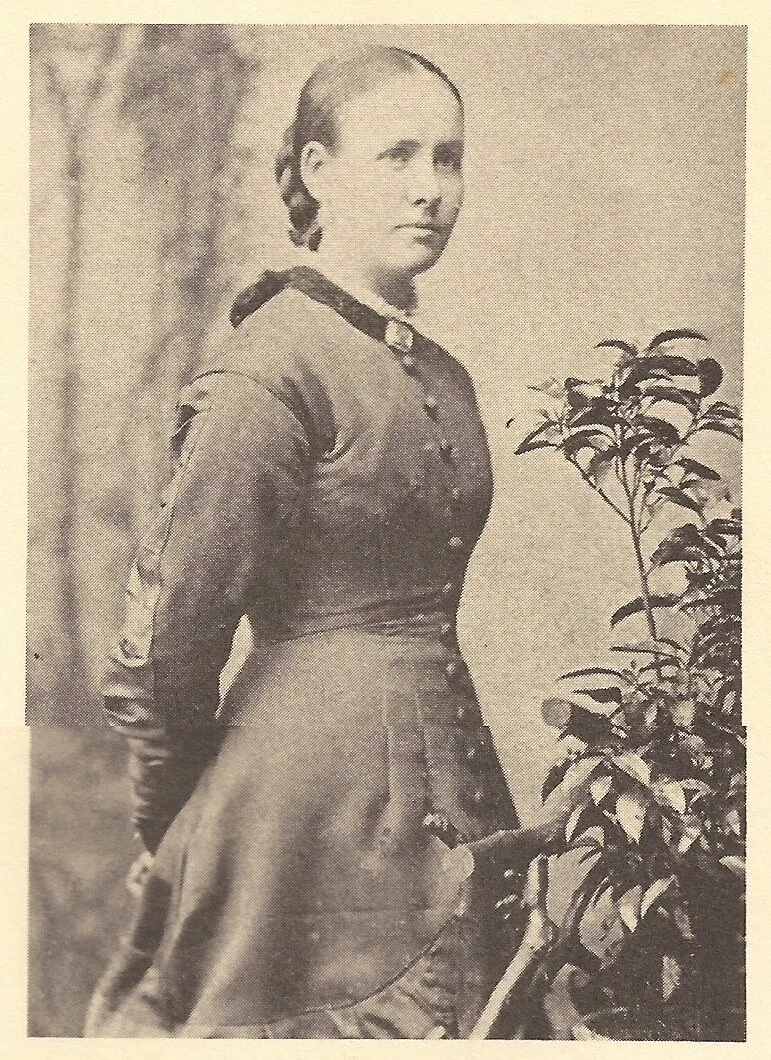Clonmacnoise
There are some places on our planet where history is palpable, where human actions are sketched onto the landscape, and where when you walk, you feel the footsteps that preceded you. Clonmacnoise is such a place.
Situated on the bank of the Shannon River at the point where the ancient east/west road ran across the country, Clonmacnoise was one of the most accessible places in Ireland’s interior in ancient times. St. Ciarán founded a monastery there in 544 and it grew to become an eminent place of teaching and learning.
The place inspired me to write this book both because of what it was in ancient times, and because of what it is now: a series of rocky ruins in an incredibly beautiful place. It’s hard not to use words like powerful, moving, even mystical or magical when you encounter Clonmacnoise with its round towers and broken church walls. The Shannon spreads into a broad bend just at this spot, with its marshy banks creeping up toward the holy place.
What brought such a powerful place to ruin? The answer is both local and global. There is an enormous amount of violence in the stories told about ancient kings and their battles against each other. Clonmacnoise was repeatedly sacked by Irishmen from neighboring counties almost since its founding. The Vikings came up the Shannon River and attacked in the tenth century. But it was the colonization by Britain that really brought about the destruction of the place.
I wanted to tell the story of Ireland in that time in a novel with a real sense of place, and Clonmacnoise became that place for me. Two things in the landscape especially fired my imagination: the ruined castle that sits on a rise just outside the monastic enclosure, and the discovery in 1994 of the footings of a bridge that had crossed the Shannon at Clonmacnoise in medieval times. I decided to build the castle, and destroy both the castle and the bridge in the course of the book.
Clonmacnoise is a place worth seeing, and I have to say, as a historian and museum person, that the current interpretation of this site by Heritage Ireland is brilliant. The original high crosses, weathered by time and the elements, and threatened with continued deterioration if left outside, have been replicated on the site and the originals brought into an interpretive center. The design of the center blends into the site and extends like a string of beads along its edge, with each cross exhibited in its own round room. The surrounding landscape is wonderfully described in pictures and text, and I used that information extensively in the book.
For more information on visiting Clonmacnoise, and good pictures of the site, go to:
http://www.heritageireland.ie/en/midlands-eastcoast/clonmacnoise/



